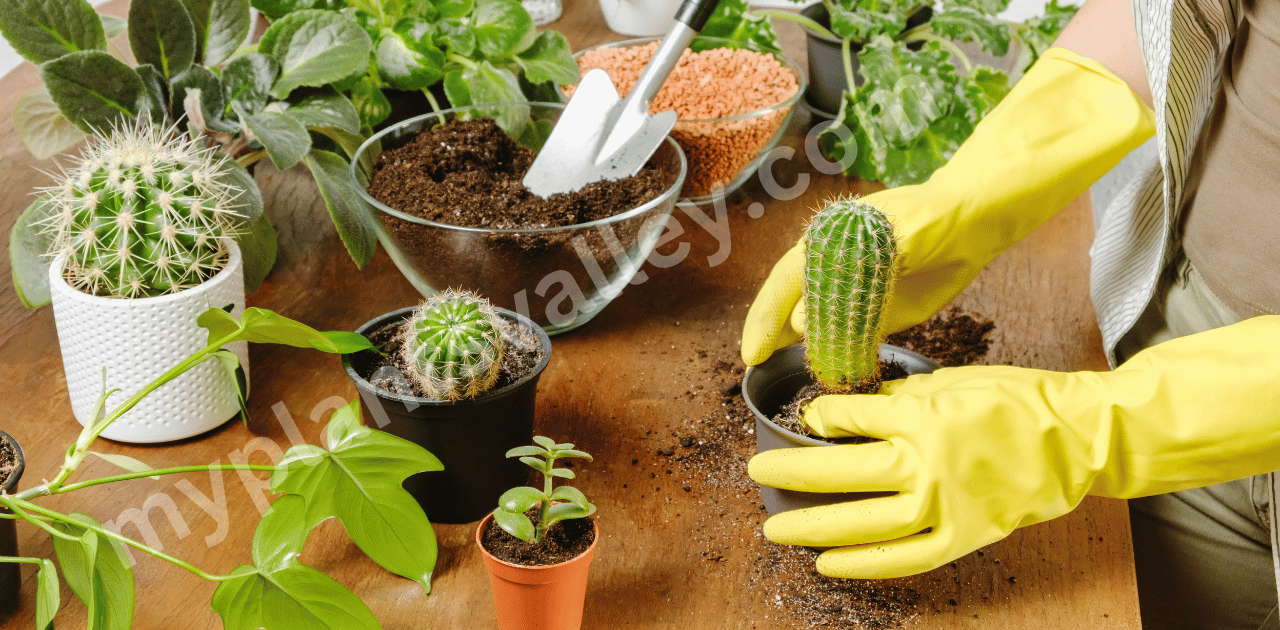Transplanting a cactus isn’t merely a botanical task; it’s a remarkable journey that highlights resilience, adaptation, and the intricate dance between plant and environment. Many cactus enthusiasts regard these prickly inhabitants with awe. Their unique morphology and thriving tenacity offer a captivating glimpse into survival in some of the harshest climates on Earth. Yet, to nurture these desert gems, one must occasionally participate in their growing saga through replanting. Here’s a detailed guide to successfully replanting your cactus.
Understanding the necessity of replanting is the first step. Cacti often outgrow their containers or deplete their soil of essential nutrients. The act of replanting provides an opportunity to refresh the growing medium, ensure adequate space for root expansion, and address any signs of distress. Each cactus species has unique requirements, but the general process remains largely consistent.
Before embarking on your replanting adventure, ensure you have the appropriate materials at hand. This includes a new pot, ideally 1-2 inches wider than the current one, a well-draining cactus soil mix, and gloves or tongs to handle the prickly plant. Additionally, a small hand shovel and water will be beneficial for the final touches.
Signs Your Cactus Needs Replanting
Before getting your hands dirty, it’s crucial to identify whether your cactus truly needs to be replanted. Look for these signs:
Root Bound Conditions
If your cactus appears cramped in its pot, with roots visibly protruding from the drainage holes, it is likely root bound. This situation could impede growth and nutrient absorption, leading to stunted development.
Soil Degradation
Over time, soil can become compacted or exhausted, losing its nutrient content. If you notice a significant decline in growth or discoloration of the cactus, it may be time for a change.
Water Retention
Excessive moisture retention in the soil, resulting in symptoms of rot or fungal problems, indicates the need to switch to a better-draining medium. Healthy cactus roots should remain dry and aerated to thrive.
Choosing the Right Time for Transplanting
The timing of replanting can significantly influence the success of the process. Spring or early summer, corresponding with the growth phase, is typically the best time for transplanting most cactus species. Avoid replanting during the dormant season, as stress from shock can hinder the plant’s natural rejuvenation cycle.
Steps for Replanting a Cactus
An organized approach is essential for a successful cactus transplant. Follow these steps meticulously to ensure a smooth transition for your prickly companion.
Prepare the New Potting Environment
Begin by selecting a clean pot with drainage holes. A terracotta or clay pot is ideal, as it facilitates moisture evaporation. Fill the bottom of the pot with fresh cactus soil mix, creating a bed for the roots. If desired, enhance the drainage by adding small rocks or perlite.
Extract the Cactus
Wear gloves or use tongs to position yourself safely for removal. Gently grasp the cactus at its base and tilt the pot, allowing the plant to slide out. If the roots resist, tap the sides of the pot lightly to loosen it. Ensure minimal disruption to the root system to reduce transplant shock.
Examine the Roots
Once out of the pot, inspect the roots for signs of health or deterioration. Trim away any dead or rotting roots with clean, sterilized scissors to promote healing and new growth. This precaution encourages optimal nutrient uptake.
Planting the Cactus
Position your cactus in the center of the new pot, ensuring that it’s planted at the same depth as before. Fill in the remaining space with fresh soil mixture, gently packing it down to eliminate air pockets without compacting it too tightly. This consideration allows for proper air circulation while supporting the plant’s stability.
Watering After Transplanting
After replanting, water your cactus sparingly. Allow the soil to dry out completely before watering again; overwatering is one of the most common pitfalls in cactus care. Establishing a dry period aids in healing and root establishment.
Post-Transplant Care
Following replanting, provide your cactus with a period of acclimatization to minimize stress. Place it in a location with filtered sunlight for a week, gradually introducing it to more direct light. This adjustment phase helps the plant adapt without shock.
Monitor for Signs of Stress
After replanting, keep a vigilant eye on your cactus. Observe for any signs of distress, including discoloration or drooping. Such issues may require adjustments in care, like altering watering schedules or repositioning for light exposure.
Conclusion: The Jewel of the Desert
The act of replanting a cactus transcends mere horticulture; it encapsulates profound themes of care, commitment, and the delicate balance of life in the arid spaces. Each transplant is a chance to learn, adapt, and foster a unique relationship with these remarkable plants, enriching not only your environment but also your understanding of nature’s resilience.




Leave a Comment